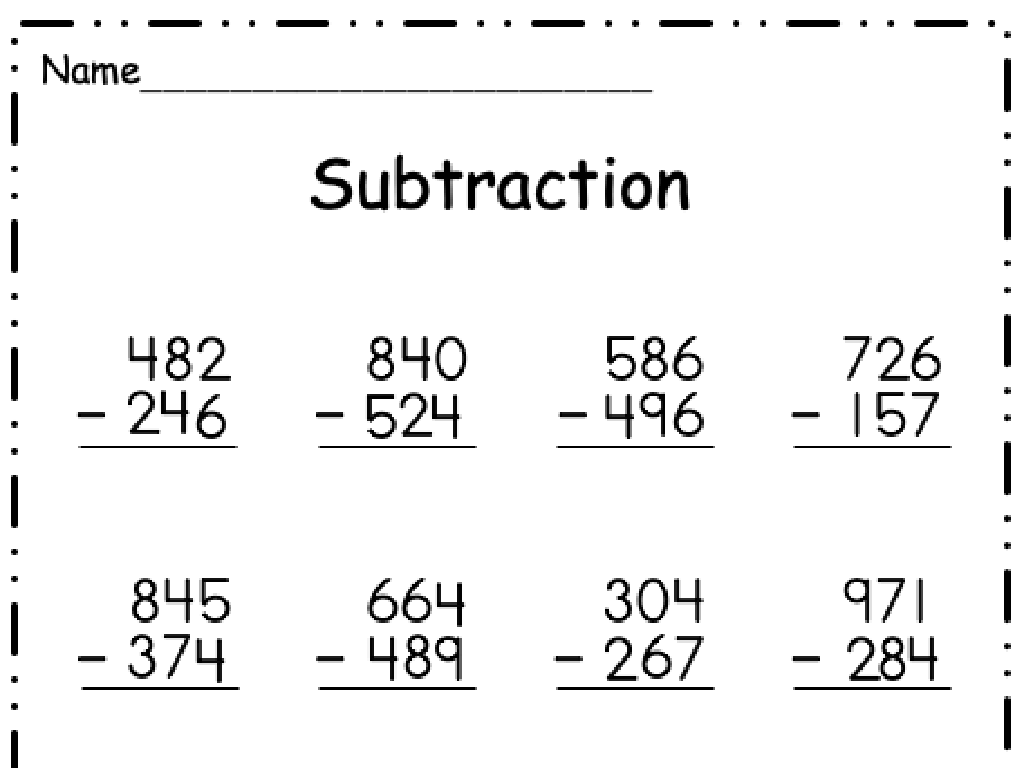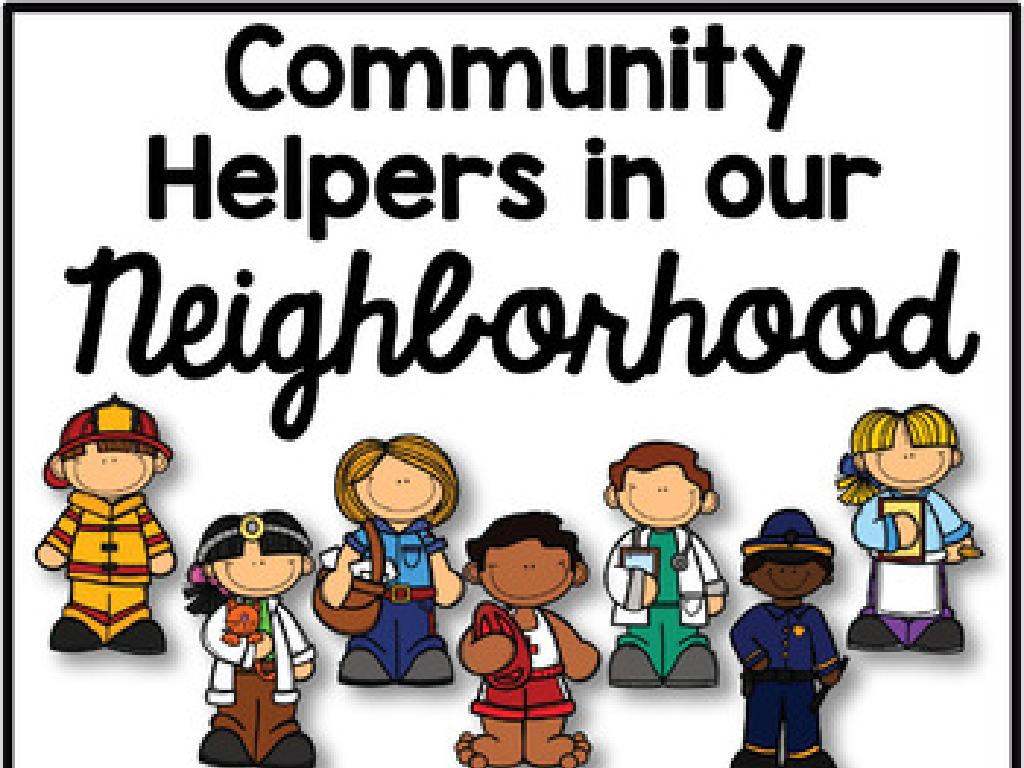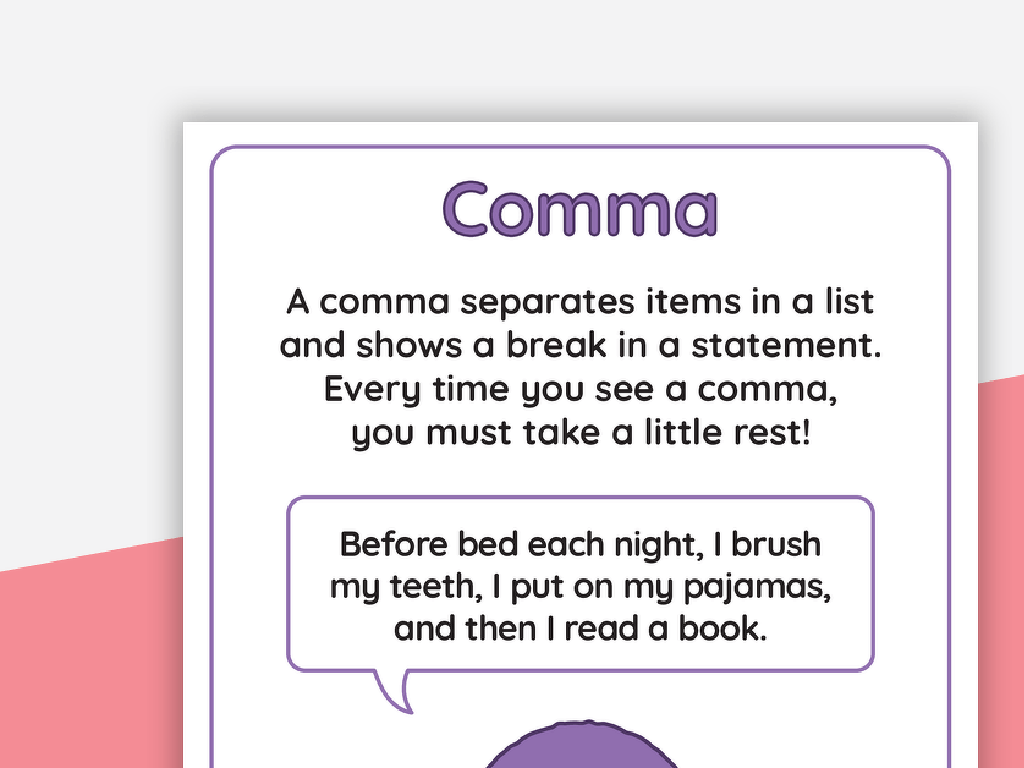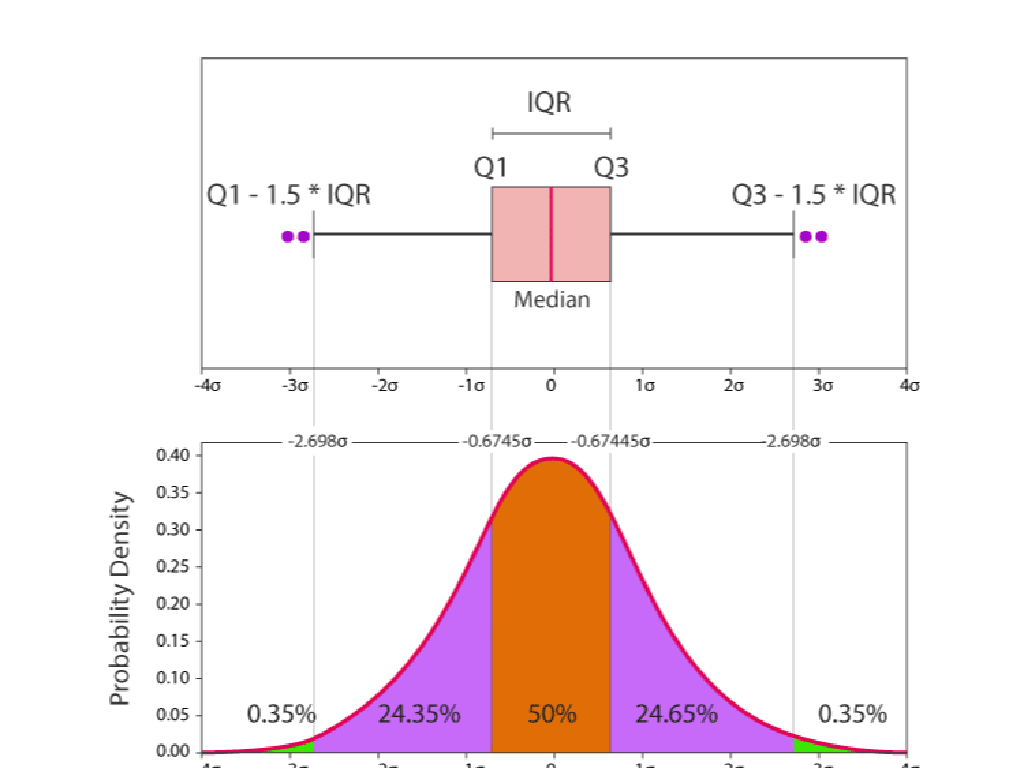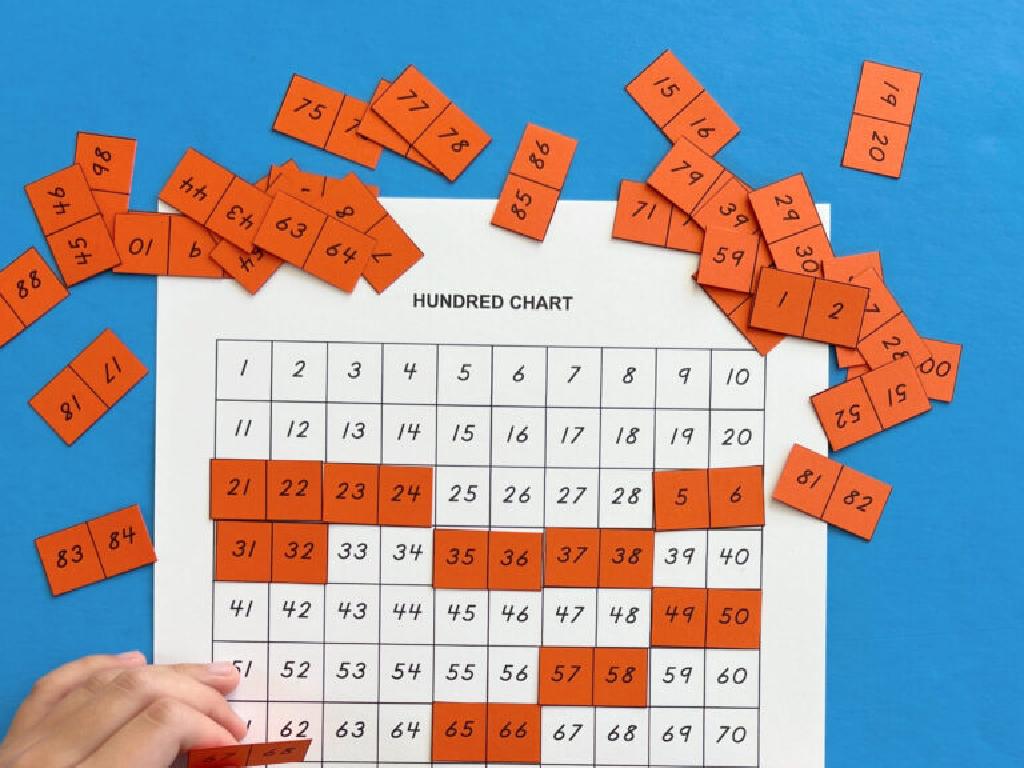Identify Physical And Chemical Changes
Subject: Science
Grade: Third grade
Topic: Physical And Chemical Change
Please LOG IN to download the presentation. Access is available to registered users only.
View More Content
Today’s Adventure: Physical and Chemical Changes!
– What are physical changes?
– Changes in shape or state, like water freezing
– What are chemical changes?
– New substances are formed, like rust on metal
– Making lemonade: a physical change
– Mixing water, sugar, and lemon – no new substances
– Toasting bread: a chemical change
– Bread turns to toast – can’t change back!
|
This slide introduces the concept of physical and chemical changes to third-grade students. Begin by explaining that a physical change is a type of change where the form of matter is altered but one substance is not transformed into another, such as ice melting into water. Then, describe a chemical change as a change that results in the formation of new chemical substances, like an iron nail rusting. Use the examples of making lemonade and toasting bread to illustrate these concepts. Lemonade making is a physical change because you can separate the ingredients again and they don’t become a new substance. Toasting bread is a chemical change because it changes the bread in a way that can’t be reversed. Encourage students to think of other examples and discuss whether they are physical or chemical changes.
Exploring Physical Changes
– What is a physical change?
– It’s when matter changes form but stays the same substance, like water freezing.
– Examples of physical changes
– Tearing paper, melting ice, and sugar dissolving in water show physical changes.
– Your turn to find examples
– Physical change characteristics
– Look for changes in shape, state, or size that don’t make a new substance.
|
This slide introduces the concept of physical changes in matter, emphasizing that the substance remains the same even though it may look different. Start by explaining that a physical change involves a change in the physical properties of a substance, such as its shape, state (solid, liquid, gas), or size, but the substance itself doesn’t turn into something else. Use the examples provided to illustrate this point, and then engage the students by asking them to come up with their own examples of physical changes they’ve observed in their daily lives. Encourage them to think about what stays the same and what changes in their examples. This activity will help solidify their understanding of physical changes and prepare them for learning about chemical changes.
Exploring Chemical Changes
– Chemical change creates new substances
– It’s like making a whole new thing!
– Examples: rusting, baking, vinegar + soda
– Rust makes metal change color; cakes start as batter but become solid
– Color changes or bubbles can signal change
– When things fizz and change color, it’s often a chemical change
– Think of your own examples!
|
This slide introduces the concept of chemical changes to third-grade students. Emphasize that a chemical change is not just about something looking different, but it’s actually becoming a different substance entirely. Use familiar examples like rusting iron, which turns brown as it changes, or baking a cake, where liquid batter turns into a fluffy solid. Explain that bubbles, like those from vinegar and baking soda, often mean a chemical reaction is happening. Encourage students to think of everyday examples, such as fruit ripening or eggs cooking, and discuss whether these are chemical changes. This will help them apply the concept to their world.
Spot the Difference: Physical vs Chemical Changes
– Physical changes can be undone
– Like melting ice to water and refreezing
– Chemical changes make new materials
– Like baking a cake, new substance is made
– Physical doesn’t change identity
– Physical change keeps the substance the same
– Game: Is it Physical or Chemical?
– I’ll show a change, you guess its type!
|
This slide is designed to help students understand the difference between physical and chemical changes in a fun and interactive way. Emphasize that physical changes can often be reversed, such as water freezing and melting, while chemical changes result in the creation of a new material, such as baking a cake or rust forming on iron. Clarify that in physical changes, the substance itself doesn’t change into something else, whereas in chemical changes, the original substance is transformed into a new one. The game at the end of the slide is intended to reinforce learning by having students apply their knowledge to real-world examples. Prepare several scenarios in advance for the game, ensuring a mix of both physical and chemical changes to test the students’ understanding.
Physical Change: Making Lemonade
– Mixing lemons, water, and sugar
– Separation is possible
– We can undo the mixing by separating the ingredients
– Ingredients remain the same
– Even mixed, they are still lemons, water, and sugar
– Example of a physical change
|
This slide introduces the concept of a physical change through the relatable activity of making lemonade. Emphasize to the students that in a physical change, the substances involved do not change into different substances; they just combine in different ways. In the case of lemonade, the lemons, water, and sugar can be mixed together, but they can also be separated back into their original components. This reversibility is a key characteristic of physical changes. Use this example to help students understand that physical changes involve a change in form or state, but not in the substance’s chemical identity.
Chemical Change: Toasting Bread
– Toasting bread makes it brown
– Toast smells different than bread
– Can’t turn toast back to bread
– Toasting is a chemical change
– Heating bread creates new substances, changing its nature
|
This slide introduces the concept of chemical change through the familiar example of toasting bread. When bread is toasted, it undergoes a chemical reaction that changes its color to brown and alters its smell. Unlike physical changes, this process cannot be reversed, and we cannot get the original soft bread back. This is a key characteristic of a chemical change: it results in the formation of a new substance with different properties. Emphasize that the toast is fundamentally different from the bread it once was, which is why we consider this a chemical change. Encourage students to think of other examples of chemical changes they might encounter in everyday life.
Class Activity: Magic Potion Experiment
– Mixing vinegar and baking soda
– Observe the fizzing reaction
– The fizz is carbon dioxide gas forming
– Safety: Wear goggles and aprons
– Discuss the chemical change
– A new substance is created during the reaction
|
In this exciting class activity, students will witness a chemical change firsthand by mixing vinegar with baking soda. This experiment demonstrates how two substances react to form a new substance, evidenced by the fizzing sound and bubbles, which is carbon dioxide gas being released. It’s crucial to emphasize the importance of safety by ensuring all students wear protective goggles and aprons before starting the experiment. After the activity, engage the class in a discussion about what they observed and how this represents a chemical change. Possible activities for different students could include measuring the amount of fizz, timing the reaction, or mixing different amounts of vinegar and baking soda to see if it changes the amount of gas produced.
Review Time: Physical and Chemical Changes
– Recall one physical change
– Physical changes don’t make new substances, like tearing paper.
– Remember a chemical change
– Chemical changes create new substances, like rusting iron.
– Share your favorite part
– Questions and thoughts
|
This slide is meant to review and reinforce the day’s learning about physical and chemical changes. Start by asking the students to recall a physical change discussed in class, emphasizing that physical changes are reversible and do not result in new substances. Next, prompt them to remember a chemical change, highlighting that these changes are usually irreversible and result in the formation of new substances. Encourage the students to share what they enjoyed most about the lesson to foster a love for science and learning. This interactive review will help solidify their understanding and give them an opportunity to express their curiosity or any confusion they might have.
Homework Challenge: Physical vs. Chemical Changes
– Find a physical change example at home
– Find a chemical change example at home
– Draw or write about each change
– Could be melting ice or tearing paper for physical, baking a cake for chemical
– Share your discoveries next class
|
This homework assignment is designed to help students apply their knowledge of physical and chemical changes in a real-world setting. Encourage them to explore their homes for examples of each type of change. Physical changes might include tearing paper, freezing water, or molding clay, which do not change the material’s chemical composition. Chemical changes could be observed by rusting metal, baking a cake, or curdling milk, where the substances involved change into new materials. Have students either draw a picture or write a sentence to describe what they observed. This activity will prepare them for a show-and-tell discussion in the next class, where they will share their findings and learn from their classmates’ observations as well.

